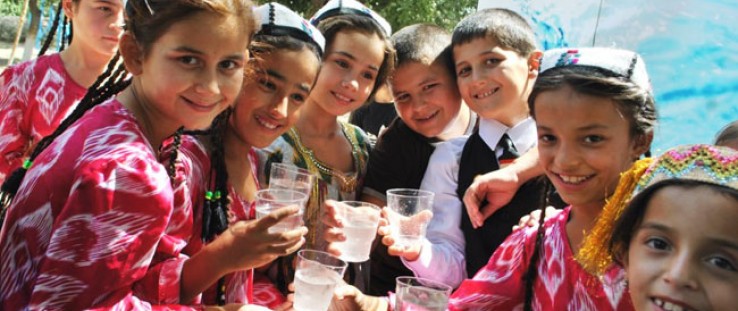 School children in Khatlon enjoy their first taste of drinking water outside their school.
USAID
School children in Khatlon enjoy their first taste of drinking water outside their school.
USAID
 School children in Khatlon enjoy their first taste of drinking water outside their school.
USAID
School children in Khatlon enjoy their first taste of drinking water outside their school.
USAID
In Tajikistan, there is a familiar proverb: “In every drop of water, there is a grain of gold.” Water is the most precious resource in this mountainous, landlocked nation that is slightly smaller than Wisconsin.
More than 70 years of Soviet industrialization depleted water resources; moreover, many of the collective farms that maintained irrigation systems were dissolved 20 years ago and water systems have fallen into disrepair. For villages that have water, it is often contaminated. About half of all Tajik rural households do not have access to safe, potable water. In many instances, polluted irrigation water is the only source of water for household use.
According to the World Health Organization, waterborne diseases in Tajikistan account for 60 percent of gastroenteritic disorders such as diarrhea, dysentery, cholera and typhoid. Repeated illnesses linked to poor quality water not only keep children out of school and contribute to poor health outcomes, including stunted growth, but it is estimated that, in recent years, one in six deaths among children under age 5 in Tajikistan were linked to waterborne diseases.
Previous local efforts to build or maintain water systems were unsuccessful due to a cumbersome legal framework, lack of clarity over management responsibilities and lack of funding. Operators of small water systems often did not have training, and local residents had low awareness of the dangers of waterborne illnesses.
But, as communities begin to understand the value of steady access to clean water, they are coming together with USAID and other partners to install and maintain pipe networks. These new networks, often co-funded by local communities and built by local citizens, are proving sustainable in ways that earlier networks never were.
A Holistic Approach
USAID recognized that any solution would have to be multi-faceted and cross multiple technical sectors. To be successful, the safe drinking water program would need to build the skills of engineers, increase community awareness on water and health, and partner with local governments to democratically maintain the water systems. In addition, through Feed the Future, the U.S. Government’s flagship food security initiative, USAID is partnering with local government officials in their efforts to increase the role and effectiveness of community-based water users’ associations and increase household consumption of nutritious food.
Jamoliddin Gulomov, chairman of Novobod Township, was eager to partner with USAID. His village in the southern province of Khatlon has never had access to clean water. Residents relied on the river, but the high price of fuel kept most people from boiling water before using it. USAID trained township specialists to maintain and repair the pipe network. The project also trained local peer educators to teach residents about health and hygiene practices. Finally, to ensure that the system was financially sound and sustainable, the Agency provided technical assistance and training to the local government to develop a transparent scheme for user fees.
Community members spoke up at local government meetings to set user fees, dug the pipeline, installed the pump station and, finally, celebrated the opening of the new system.
In addition to reporting a dramatic decline in the incidence of gastroenteritic diseases, Gulomov said, “We now have proven that the local government and citizens can cooperate to make life better for everyone.”
A Focus on Sustainability
Gulomov’s experience mirrors that of other communities involved in this project. Priority areas for this program were those that had received the least donor assistance and that had the worst health indicators. Local townships applied and were selected based partly on their capacity to sustain the improvements.
USAID partnered with a local university to train engineers in maintaining the new water systems. Students received internships to practice their engineering skills. Communities formed water, sanitation and hygiene committees to create a community health index report of baseline data and develop community health action plans based on the results.
Over the past three years, USAID has invested more than $1.7 million in improving 57 drinking water systems that provide access to clean drinking water to 150,000 people in Tajikistan.
“Many villages lack safe drinking water, and the U.S. Government was very pleased to help solve this problem. We knew that to get sustainable success required mutual efforts between USAID and the local community,” said Malika Makhkambaeva, USAID/Tajikistan health specialist. “It was easy to engage local leaders because everyone sees the value of clean water. We learned that people were much more receptive to messages on hand washing and water purification when they were hearing the information from someone they already knew and trusted in their community.”
USAID quickly identified a need for educational materials on hand washing. Local animators produced a one-minute video cartoon in Tajik called “When We Should Wash Our Hands with Soap.” According to TV market analysts, the message was broadcast throughout Khatlon province on local television twice a week after the news and reached more than 500,000 viewers over a four-month period.
USAID health educators were pleasantly surprised when several children began bringing soap to school. When the children were asked about the soap, they said they saw the cartoon and didn’t want to be sick and in the hospital for a long time.
“Thanks to USAID, the cartoon has helped raise children’s knowledge about health and hygiene. Hand washing with soap at home and in school is greatly helping prevent the spread of infections,” said Nusratullo Amirov, director of the Healthy Lifestyles Program within the Ministry of Health.
It Takes a Village
In the northern Tajikistan community of Nov, the shallow, hand-dug wells that provided water to the 15,000 residents were contaminated with bacteria. To provide their families with clean drinking water, children took time off from school to transport water from remote areas by cart or donkey.
The Elder Council, local government officials, township staff, water supply enterprise officials and neighborhood activists teamed up with USAID to assess their local water needs, determine how to access water supplies, and create a financially sustainable system. After analyzing the needs of the community, USAID supplied the hardware, and citizens donated their own labor to the project, digging trenches and backfilling them after the pipes were laid, as well as installing the standpipes.
“Not only did we have to walk a long distance and carry the water back, but often the water was dirty, especially in the summer. Before, I had to borrow a donkey from a neighbor and needed help from my oldest son to fill two barrels of water,” said Saidakbar Devlokhiev, a community action group leader. “I can now spend more of my time working on projects that make money and less time worrying about the health of my family. I don’t get paid for my work as the community action leader. Seeing my community living with better conditions is salary enough.”
Residents and their children now have quick access to clean, safe drinking water, and the risk of waterborne diseases has decreased. Revenues from user fees are projected to double, making the system more economically sustainable. The per capita cost for this project was about $9 and close to $10,000 of the total project costs were matched in local labor and funds.
Overall, the small contributions of each community member have led to more than 150,000 residents in 29 villages gaining access to safe drinking water. Diarrhea incidence has declined by 60 percent in the communities that received safe drinking water systems.
As they say in Tajik, “Little drops make the river.” And, one drop at a time, the people of Tajikistan, with support from USAID, are creating a river of safe drinking water in their towns and villages.
“Only a strong local community with a committed local government can keep this water system in operation, and keep the people of the community healthy,” said Kathleen McDonald, USAID/Tajikistan country director. “USAID is working to support the Government of Tajikistan to reform communal services, giving local governments more tools to manage drinking water projects locally, including setting up service fees to keep local water systems maintained and in operation.”







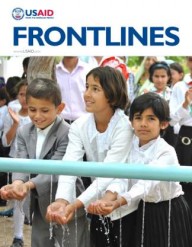

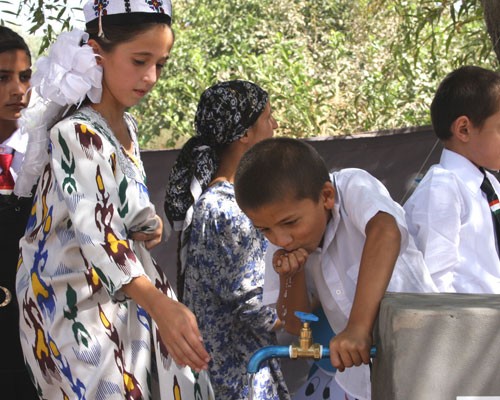
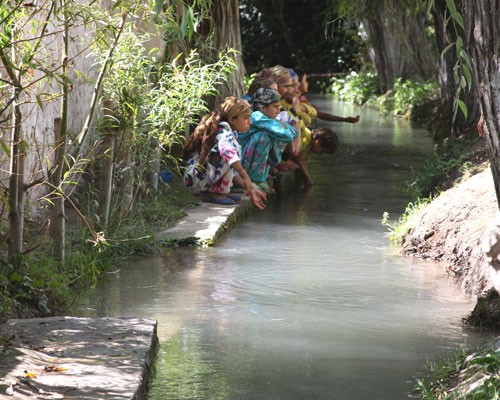
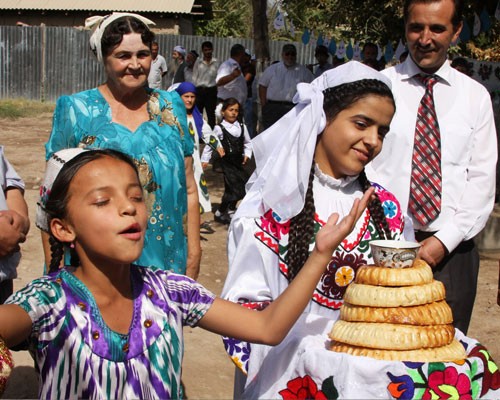
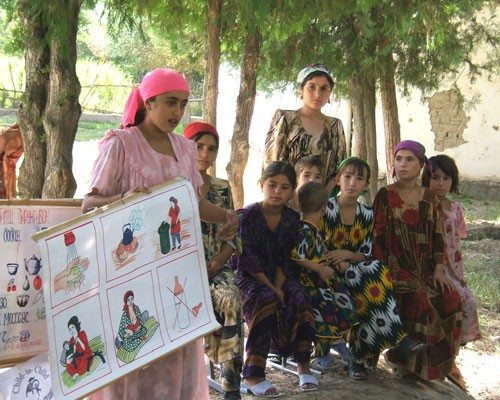

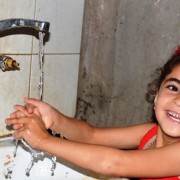
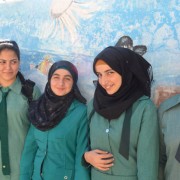
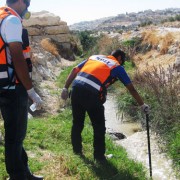
Comment
Make a general inquiry or suggest an improvement.